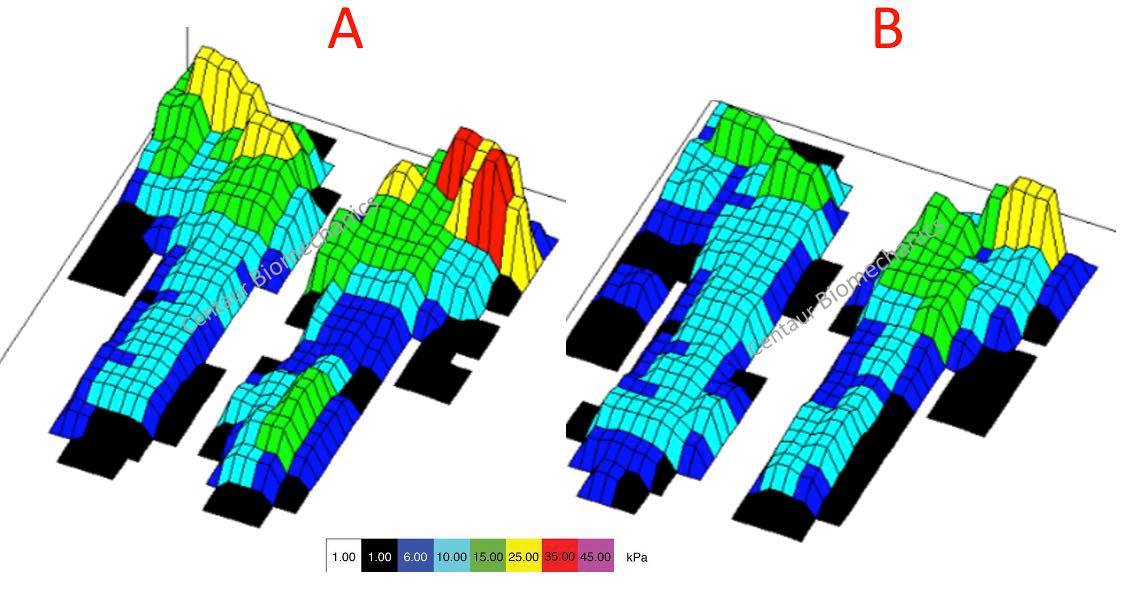
This may seem an intriguing question given that a biomechanist who surrounds themselves with technology is writing this blog. Technology features in all aspects of living and has monumentally accelerated our ability to understand things better. In respect of equine locomotion, since the pioneering work of Mr E Muybridge, who was the first to show that the gallop had a moment of suspension, there has been significant technological advances, with systems becoming available to quantify multiple aspects of equine locomotion.
Generally, many of the state-of-the-art systems available, are used by experienced individuals within a laboratory, clinical and/or research setting to help aid decision making. Using technology with little consideration for its application (i.e. how to use it correctly), its limitations, and data management and interpretation can lead to misleading results and when used in this manner, is of a concern! With the advent of technology, systems are becoming available for all to use. Whilst this is a positive step, caution must be taken over the use and application of using systems without correct training, interpretation and or appreciation for robust data processing methods.
There are systems coming online daily which offer interesting features and benefits. For example, there are multiple apps which can be used offering all sorts of functions, and now there is exciting wearable technology which can track the time spent on each rein and in which gait, along with the number of transitions etc performed during the training session. Previously we have demonstrated that we could detect basic equestrian exercises by using the smartphones (iPhone) accelerometer data (1). These sorts of devices are exciting and provide useful and easy to interpret/understand data and can help improve rider’s awareness of their training structure etc.
In addition to the “exciting” wearable technology, there are systems becoming available which are promoted to be used by non- specialists and are available to all. Whilst in support of such systems, this is coupled with a high degree of concern. For reasons outlined previously regarding operational methods and data interpretation but also the accuracy, repeatability and reliability of systems must be considered. When combining these elements, despite the good intentions of the user, if the data capture process is incorrect, and/or the data is being interpreted incorrectly and/or the systems used is not accurate, then this will be misleading and has the potential to have a deleterious effect on the horse (and rider).
To summarise the purpose of this blog, please look at the two images. Pressure images taken beneath a saddle. Which saddle fits, A or B?. The majority would say image B. So what is different? One would assume that in image A, the saddle doesn’t fit. This is where it is imperative that these types of systems are used correctly and by those that have trained and have experience in data interpretation. Both images are taken from the same horse and rider pair and when ridden in the same saddle. The only difference is, in image A the horse sneezed when trotting through the experimental track. This was confirmed by the synchronised video. If presented with a report, featuring image A – the reader would automatically conclude that the saddle didn’t fit and that the saddle was at fault. However – in this case, this is not correct, and it was simply because of a biological function – sneezing. Hopefully it is agreed that this would be misleading AND inaccurate.
I hope the above blog is of interest. I am 100% supportive of the use of technology, however, do have concerns of the incorrect use of technology and the potential for misleading interpretation.
Please like / follow our page for more blogs and please share to raise awareness.
Dr. Russell MacKechnie-Guire
Centaur Biomechanics
www.centaurbiomechanics.co.uk
#equineresearch #biomechanics #centaurbiomechanics #veterinarymedicine #equinephysiotherapy #equinetherapist #onlinecourses #onlineseminar
1) Pfau T and Guire R. (2016), Automated detection of basic equestrian exercises based on smartphone accelerometer data. ICEL 2016, https://onlinelibrary.wiley.com/.../10.1111/evj.72_12595